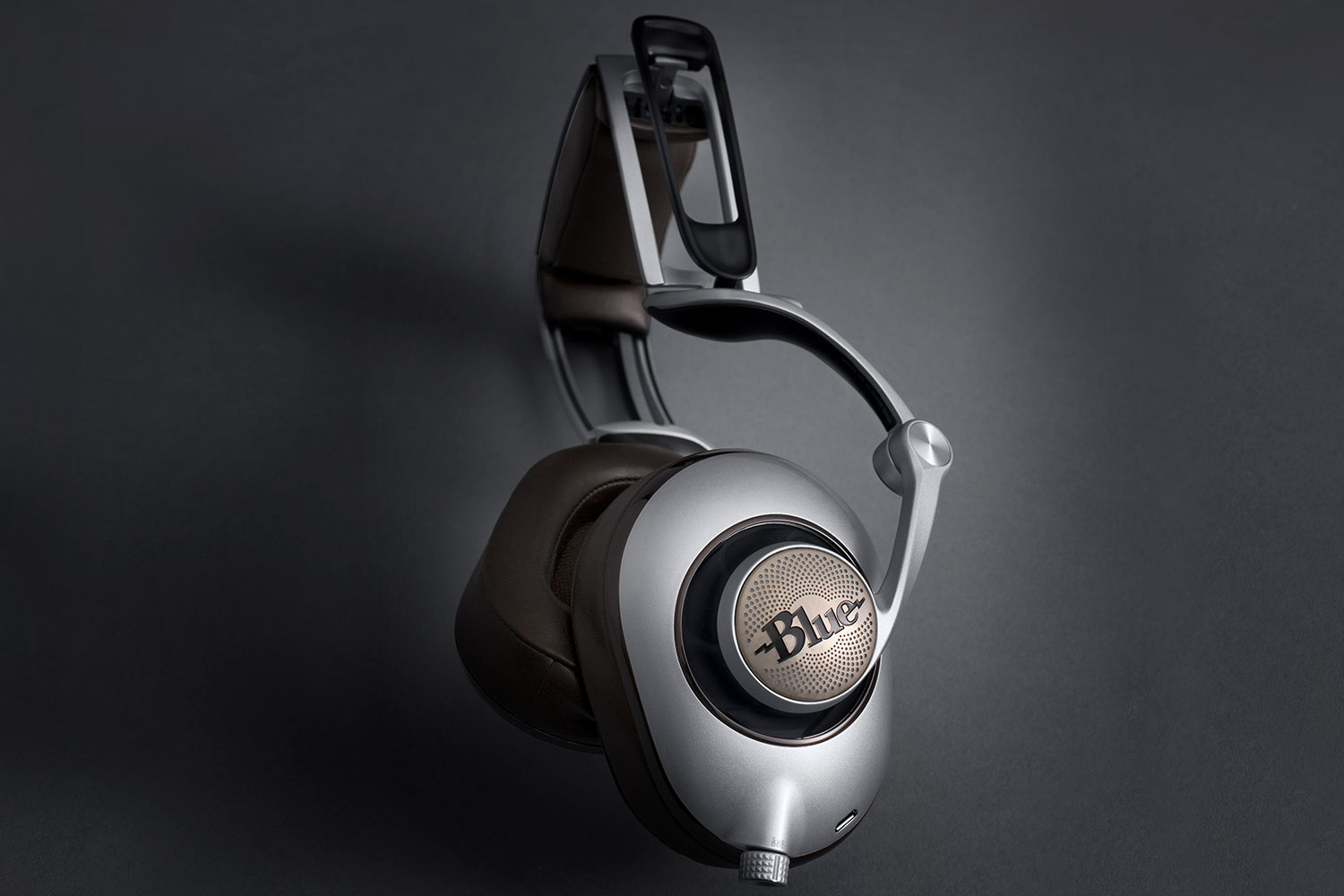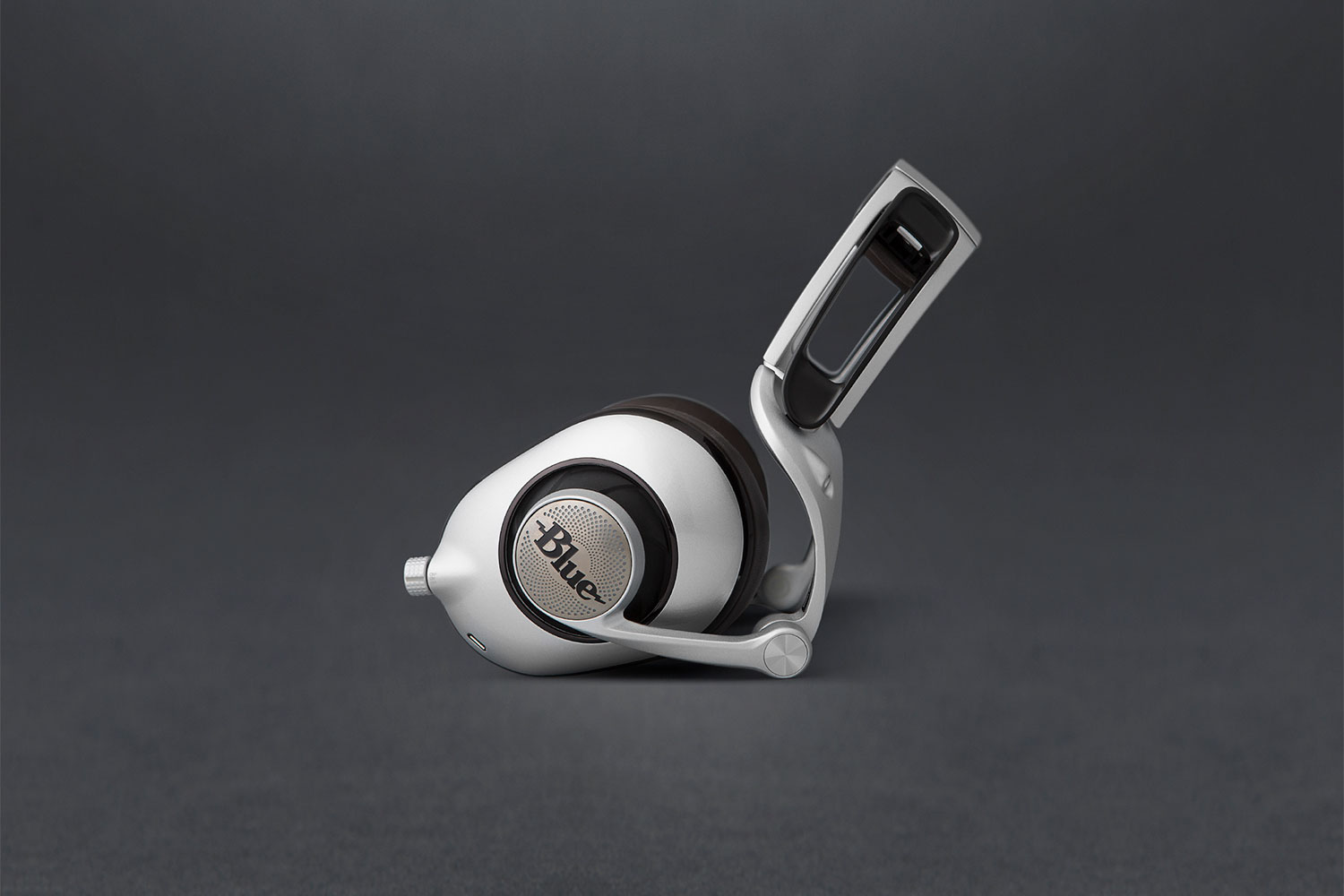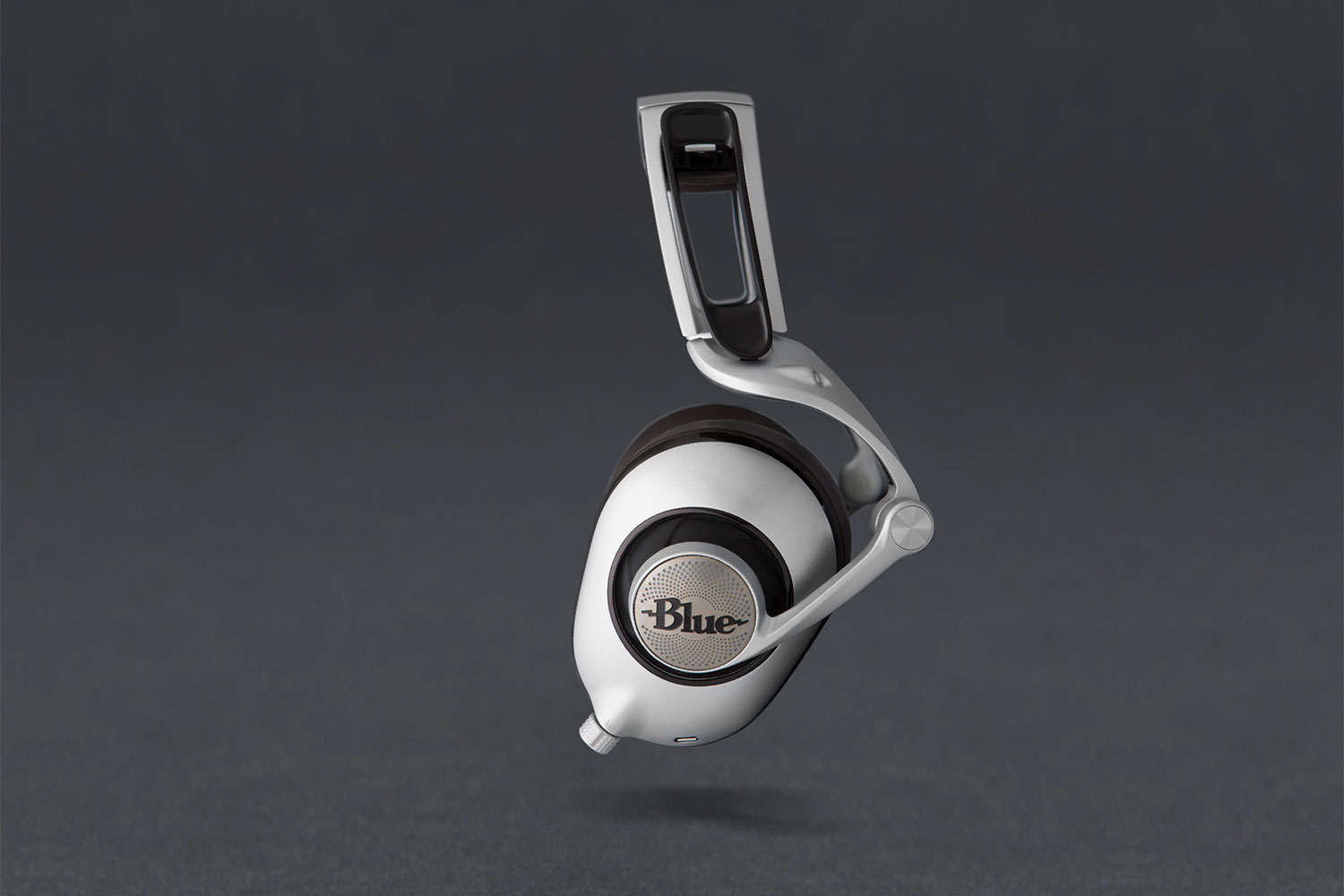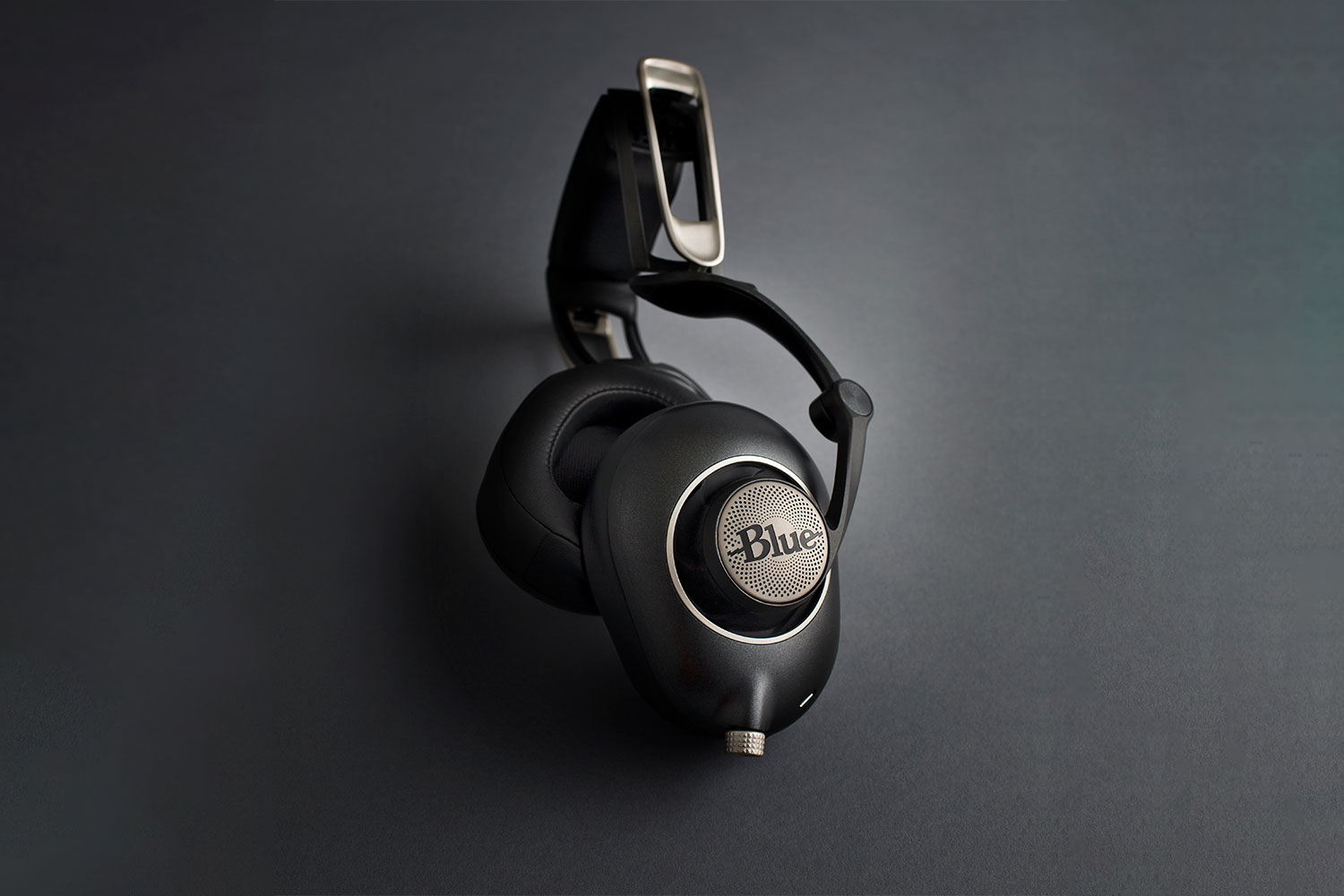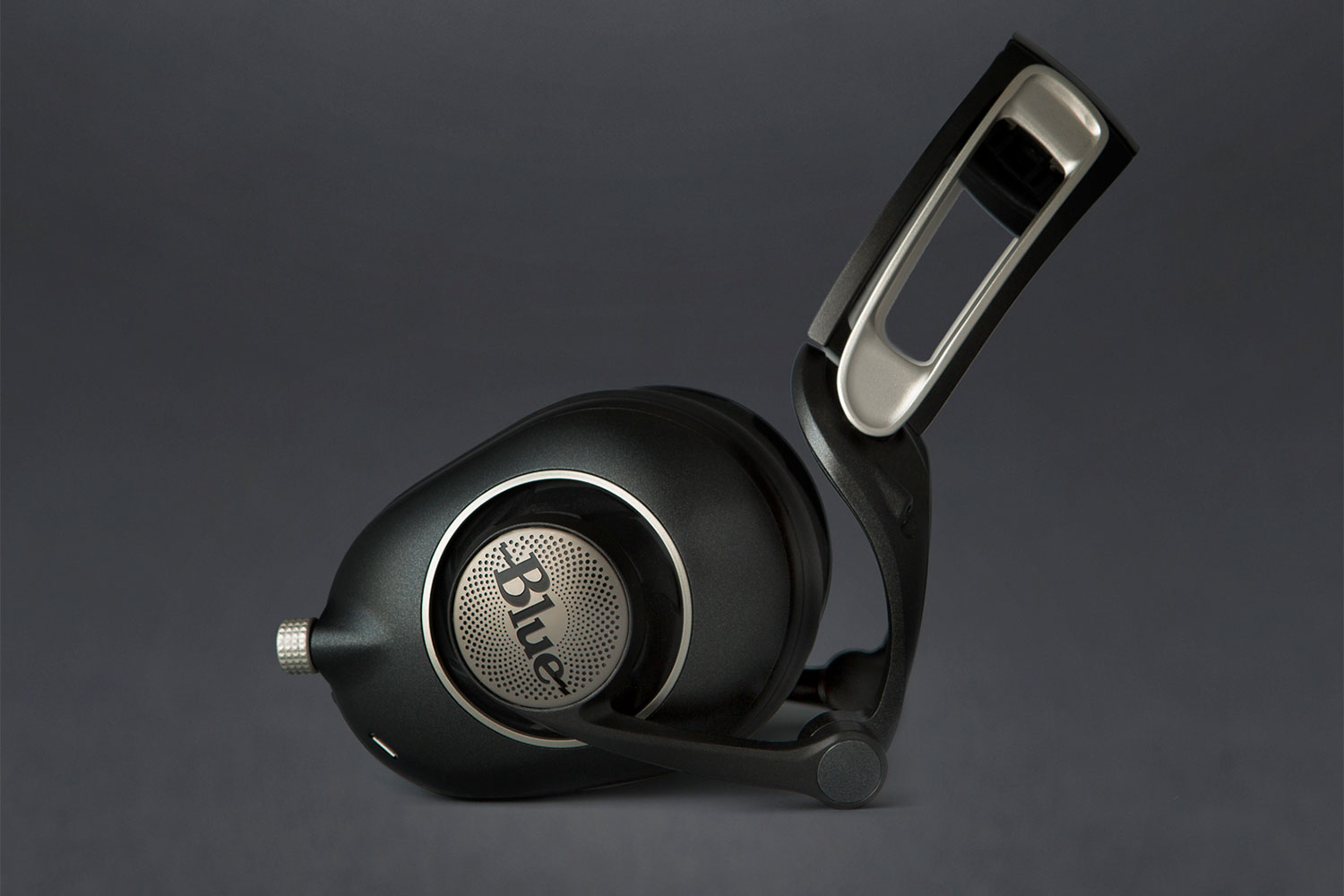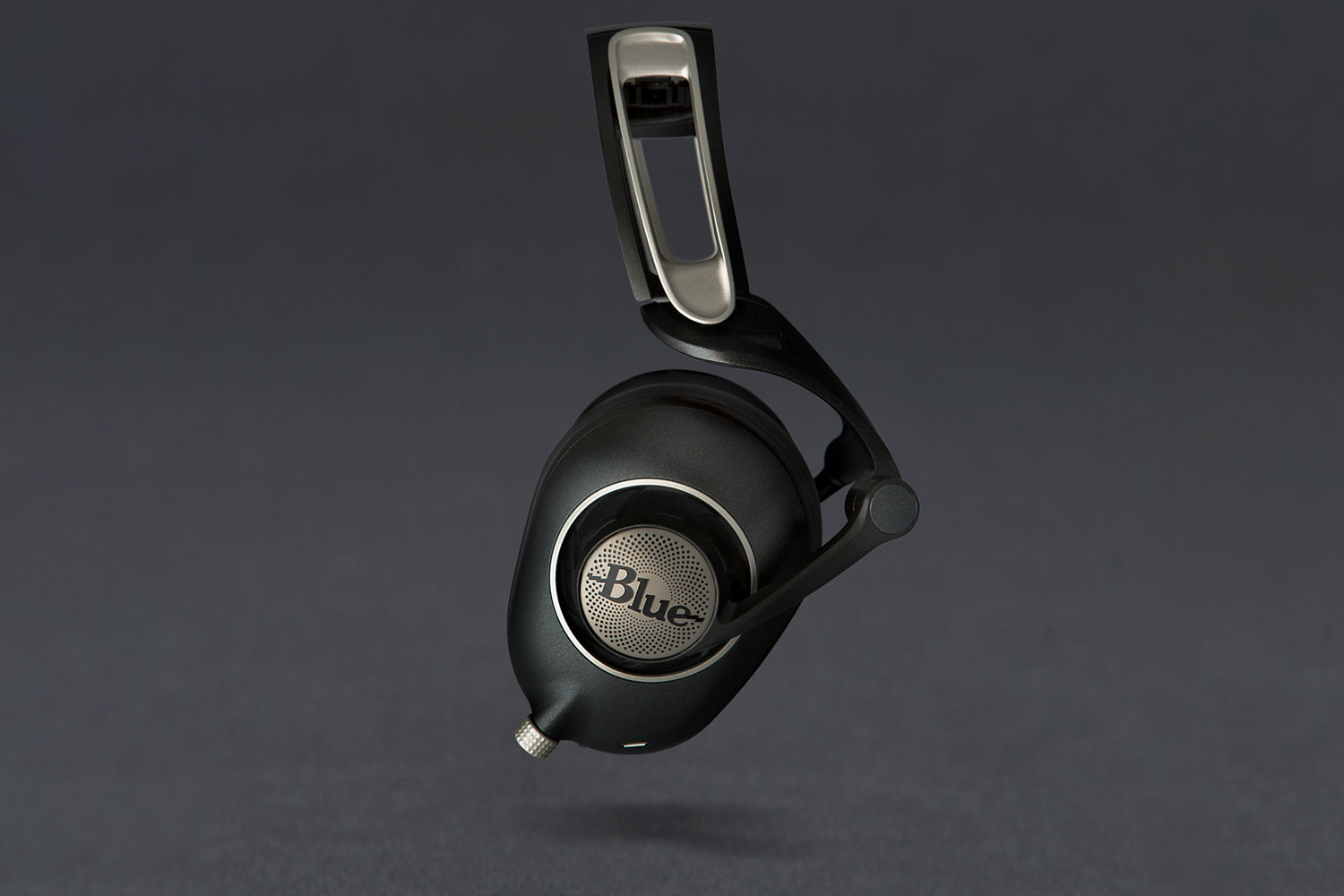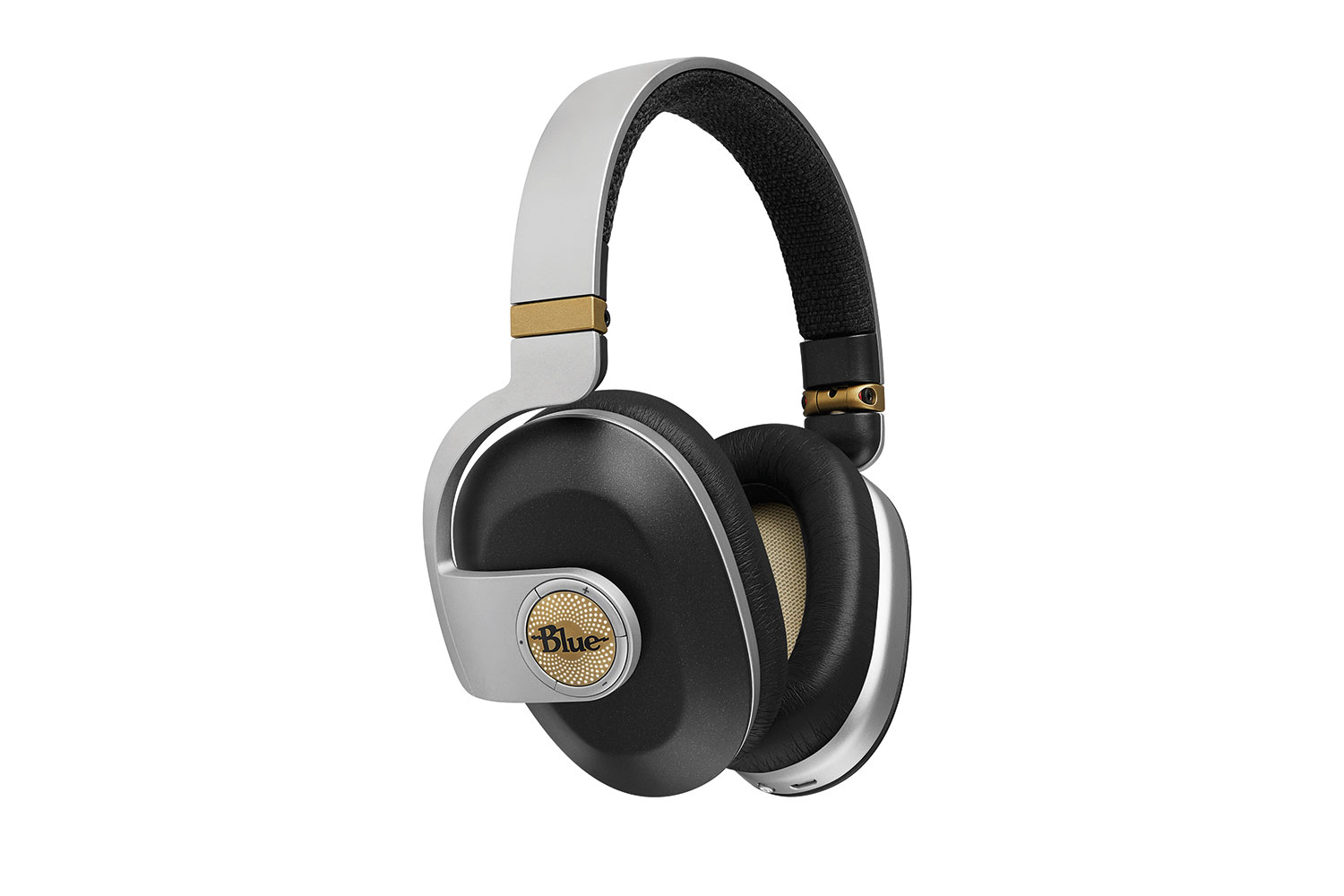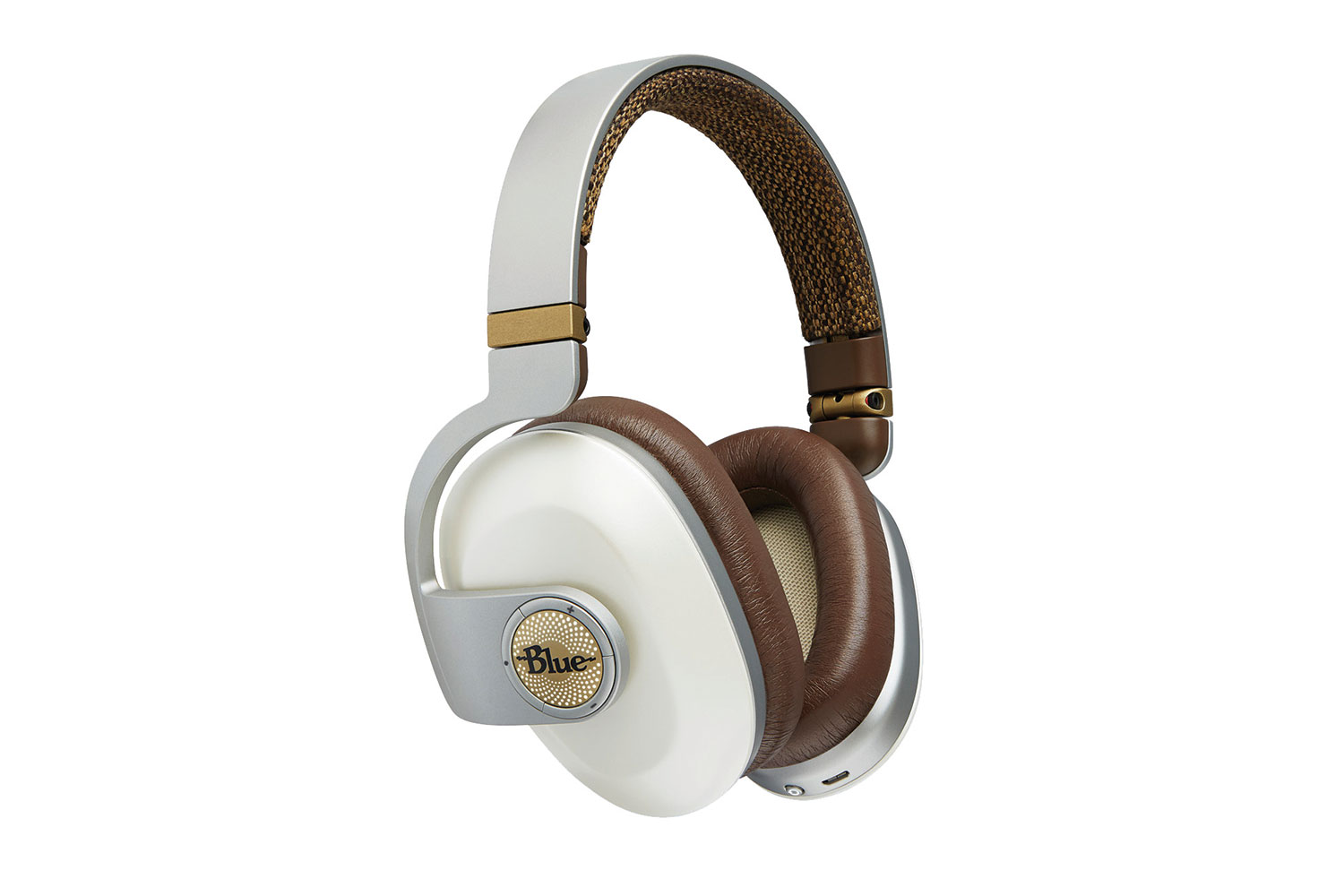Blue might be a company best known for its microphones, but in the past few years it has launched some ambitious headphones as well, many of which featured built-in amplifiers for higher-quality sound, no matter the source. The company is keeping that tradition going with the announcement of its two newest wired headphones — the Ella and Sadie — and the new Satellite, which offers both a built-in amplifier and noise canceling.
If you’ve seen the company’s previous headphones, both the Ella and Sadie headphones will look fairly familiar, thanks in part to the race car-inspired, multijointed headband used by both. That said, what’s inside these new
The Ella
“Ella is a planar magnetic headphone with a twist — it delivers both superior detail and musical impact,” Blue Microphones CEO John Maier said in a statement. “Typical planar magnetic headphones sacrifice impact to achieve higher levels of detail, leaving a sound that’s more clinical than emotional. And traditional dynamic
The Ella features a built-in 250-megawatt “audiophile amp,” and is the first planar magnetic headphone to do so, according to Blue. The amp powers the 50mm x 50mm drivers, which are self-tensioned for fast response and accurate sound. To ensure that the headphones sound the best they can, they are hand-assembled in small batches.
The Sadie
The Sadie headphones swap out planar magnetic drivers for 50mm dynamic drivers, bringing down the price, but that doesn’t mean these are low-end. Like the Ella, these
“Sadie is the exciting evolution of Blue’s commitment to creating premium headphones,” Maier said. “We broke the mold with Mo-Fi, and Sadie advances that concept even further with refined custom-tuned drivers and a further streamlined unique design. It’s like wearing a premium hi-fi system on your head.”
The Satellite
While the above two models are wired, the Satellite drop the wires — opting instead for Bluetooth 4.1 with aptX — but keep the built-in amplifier. This pair also makes another addition: adaptive noise cancellation. This may be nothing new in headphones, but Blue has taken a unique approach in how its noise cancellation works.
“Satellite bridges the gap between high-fidelity sound and portable listening, making it possible to enjoy a true audiophile experience anywhere,” Maier explains. “Traditional
While the Blue Mo-Fi — the first headphones to use this design — were on the heavy side, Blue has redesigned the headband to make its newer models lighter. All three new
Both the Ella and Sadie will be available this month. The Ella headphones retail for $700 and will be available from Amazon, Best Buy, and Fry’s, while the Sadie will sell for $400 and be available from Best Buy, Fry’s, and other authorized retailers. The Satellite
